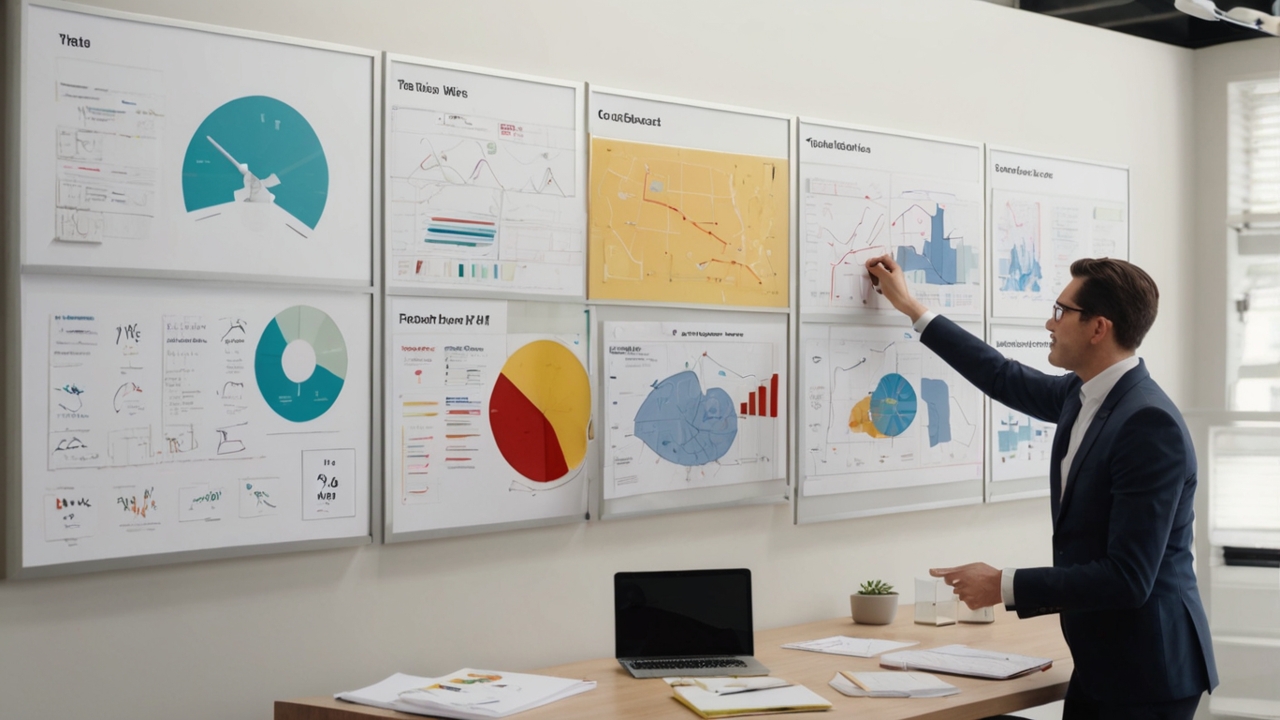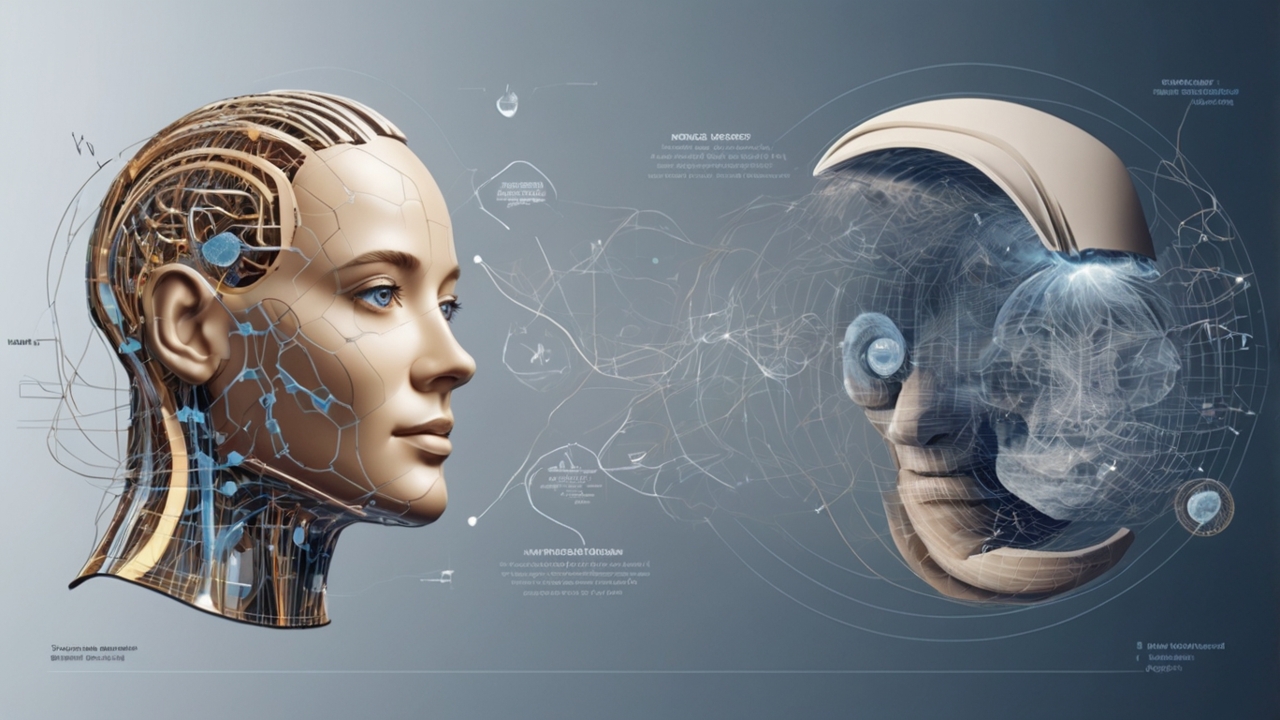Mayumiotero – Face recognition is a cutting-edge biometric technology powered by artificial intelligence. It identifies or verifies a person by analyzing and comparing facial features from images or real-time video. This innovation is becoming a core component in global security systems due to its speed, accuracy, and scalability. From unlocking phones to border control, its usage continues to grow. As digital transformation accelerates, face recognition’s relevance increases, not only for convenience but also as a robust layer of protection. For those in cybersecurity and AI, this technology represents a leap forward in how we secure both physical and digital environments.
“Also read: Mahatma Gandhi: “Be the Change That You Wish to See in the World”“
The Technology Behind Face Recognition Systems
Face recognition systems function by detecting a human face, mapping facial geometry, and then converting it into a unique facial signature. This signature is compared to a stored database to identify or verify the individual. Advanced systems rely on deep learning algorithms, enabling higher accuracy through continuous learning. These algorithms analyze various facial metrics—such as the distance between the eyes or the shape of the jawline—to differentiate identities. Lighting, angle, and image resolution can affect recognition quality, making system optimization critical. By leveraging AI, modern systems can now function in real-time, even under challenging conditions.
Face Recognition in Today’s Security Infrastructure
Across sectors, face recognition is rapidly being integrated into security infrastructures. Airports use it for seamless check-ins and border control; banks apply it to authenticate users during transactions. Law enforcement utilizes it to locate suspects or missing persons by analyzing surveillance footage. In corporate environments, face recognition replaces ID cards for secure access control. It not only speeds up identity verification but also reduces the risk of human error or ID fraud. With cyberattacks and physical threats on the rise, this visual-based security solution offers a reliable, automated layer of defense that organizations are increasingly embracing.
Advantages That Make Face Recognition a Game Changer
One of the biggest advantages of face recognition is automation—it enables fast, contactless identification. This is particularly valuable in a post-pandemic world where touchless technology is prioritized. Moreover, it enhances user experience by eliminating the need for passwords or physical ID cards. It reduces fraud, supports real-time surveillance, and integrates seamlessly with existing security systems. For businesses, it means greater operational efficiency and better customer service. For governments, it offers improved law enforcement and border control capabilities. Its non-intrusive nature makes it more acceptable to users, while its scalability allows for implementation at various levels.
Privacy Concerns and Ethical Considerations
Despite its benefits, face recognition technology raises significant ethical concerns. The potential for mass surveillance, data breaches, and misuse by authoritarian regimes is troubling. Users often have limited knowledge or control over how their facial data is used and stored. Bias in facial recognition algorithms, especially against minorities, has also been reported, leading to calls for fairer, more transparent systems. Regulatory frameworks such as GDPR and local data protection laws aim to address these challenges. It is vital for developers, governments, and companies to prioritize ethics, transparency, and consent in the deployment of face recognition technology.



